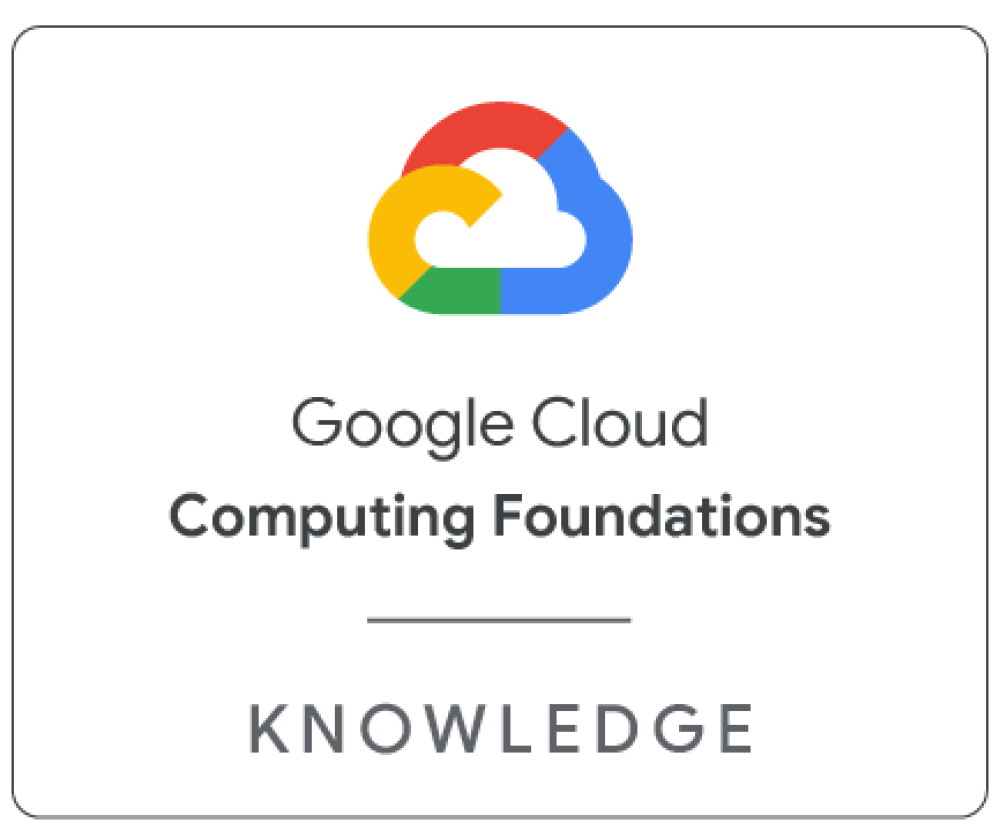Google Cloud Certified - Associate Cloud Engineer
Basics of Cloud Computing:-
Cloud computing is the delivery of computing services such as Servers, Storage, Database, Networking tools and Software Over the Internet.
Characteristics of Cloud Computing:-
1. On-demand Self Service.
2. Broad network access.
3. Resource Pooling.
4. Rapid Elasticity.
5. Measured Services.
- On-demand self-service: Decision of starting and stopping service depends on customers without direct interaction with providers.
- Broad Network Access: Service must be available to any device using any network.
- Resource Pooling: Provider creates a pool of resources and dynamically allocates them to customers.
- Rapid Elasticity: The services provided by the provider must be easily expandable and quick.
- Measured Services: Provider must measure the usage of service and charge it accordingly. Tracking usage is also helpful in improving services.
Three cloud computing service models that provide different capabilities, controls, and flexibility:
IaaS, PaaS, and SaaS.
Infrastructure as a Service:- IaaS as a services like Servers, Storage, Routers, Switches, Networking, VM, Cloud Storage etc.
Platform as a Service:- PaaS as a services like O.S. Middleware, Runtime, GKE, Cloud Function, Cloud App Engine etc.
Software as a Service:- SaaS as a services like Applications, Google Drive, Google Workspace, Gmail etc.
- IaaS
Infrastructure as a service. This model provides a pay-as-you-go approach for storage, networking, and virtualization. You can access and control the infrastructure via an application programming interface (API) or dashboard. - PaaS
Platform as a service. This model includes services like hardware and software development tools available via web. However, you can only control the code in the apps that you build. Your PaaS provider has access to and control of all your data on their server. - SaaS
Software as a service. This model is a way of delivering applications over the Internet. Instead of installing and maintaining software, you simply access it via the Internet.
Types of Cloud / Cloud Deployment Models:
1. Public Cloud
2. Private Cloud
3. Hybrid Cloud
1. Public Cloud:
Computing in which service provider makes all resources public over the internet. It is connected to the public Internet. Service provider serves resources such as virtual machines, applications, storage, etc to the general public over the internet. It may be free of cost or with minimal pay-per-usage. It is available for public display, Google uses the cloud to run some of its applications like google docs, google drive or YouTube, etc.
2. Private Cloud:
Computing in which service provider does not makes all resources public over the internet. It only supports connectivity over the private network. It has only authentic users and single-occupant architecture. Google back-end data of the applications like Google Drive, Google docs, YouTube, etc are not available to the public, these types of data and applications run on a private cloud.
3. Hybrid cloud:
A hybrid cloud is a heterogeneous distributed system formed by combining facilities of the public cloud and private cloud. For this reason, they are also called heterogeneous clouds.
🙏 thanks


ConversionConversion EmoticonEmoticon